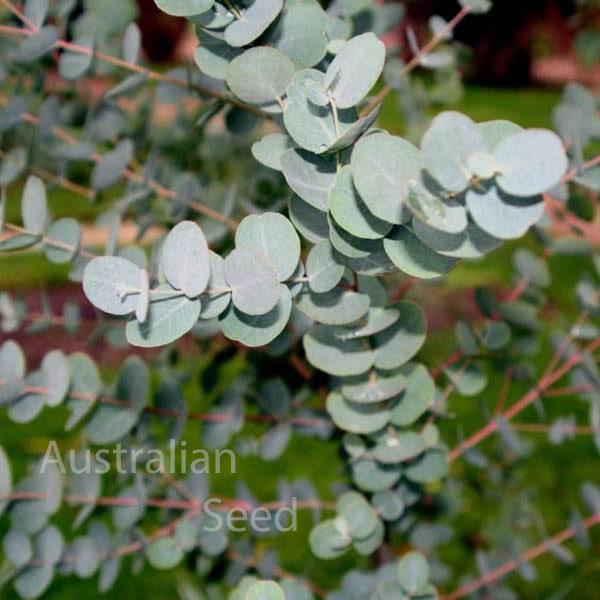We ship Internationally and Australia-wide | Phytosanitary Certificates are available for international orders.
Due to high order volumes, our handling time has been extended to 5-7 business days. We apologise for any inconvenience and appreciate your patience.
Callistemon phoeniceus is one of only two Callistemon species in Western Australia.
A small shrub with slightly drooping branches produces a profusion of bright red bottlebrushes that occur during spring and summer.
The flowers attract nectar-feeding birds.
Ideal for rejuvenation projects, windbreaks and screening. Good native habitat for small birds during nesting season
Although native to a dry summer climate, the species has grown successfully in the wetter summer conditions of Australia's east coast.
Occurs naturally in the IBRA Avon Wheatbelt, Coolgardie, Esperance Plains, Geraldton Sandplains, Great Victoria Desert, Jarrah Forest, Mallee, Murchison, Swan Coastal Plain, Warren, and Yalgoo in Western Australia.
Prefers medium to heavy soil in a warm sunny very moist position, salt tolerant.
Note: A paper by Lyn Craven of the Australian National Herbarium in 2006 argues that the differences between the genera Callistemon and Melaleuca are insufficient to warrant them being retained separately and that they should be combined. As Melaleuca has precedence some Australian state herbaria use the name Melaleuca phoenicea.
Grow notes:
Although seed can be sown most of the year in many parts of Australia seed is generally best sown in spring or autumn in temperate climates, avoid the coldest and hottest months of the year. The optimum germination temperature for germination is around 18-22°C
- Sow seed on the surface of a porous seed-raising mix. The seed will lodge in the pores of the mix once watered.
- Sprinkle a very light covering of the seed-raising mix over the seed if required to hold the seed in place. Do not bury the seed deeply.
- Water with a fine mist spray to avoid disturbance of the seed.
- Place in a warm shaded or semi-shaded position to avoid dying out.
- Keep warm & moist, avoid drying out or waterlogging the growing mix.
- Germination generally occurs in around 14-28 days in the right condition.
General note: Seeds of many natives are dormant and require specific conditions or pre-treatment for germination.
Do not be too hasty to discard seed that does not germinate, seeds will often lay dormant until the conditions are similar to their natural requirements for germination to occur. Containers put to one side will often surprise long after they were discarded.





